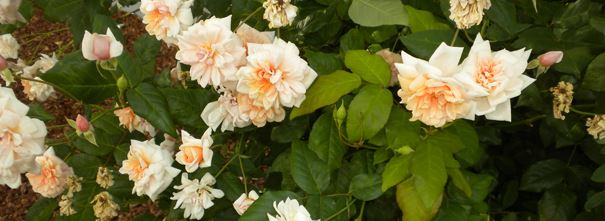RESOURCES - HISTORIC PLANT MATERIALS
Plants that were grown long ago are often called “heirloom” or “heritage” plants or “antique” varieties. These terms may have precise definitions, but many people use them casually or simply say, “old” or “historic” plants Whatever term you prefer, it is essential to choose a species, cultivar, or variety appropriate to a historic time period and not a modern selection of the same genus and species. This includes lawn grasses. PLANT RESOURCESThe following resources can help you find information about historic plants or locate them in retail nurseries:
HELP WITH SCIENTIFIC NAMESCheck the database maintained by The International Plant Names Index: www.ipni.org |








